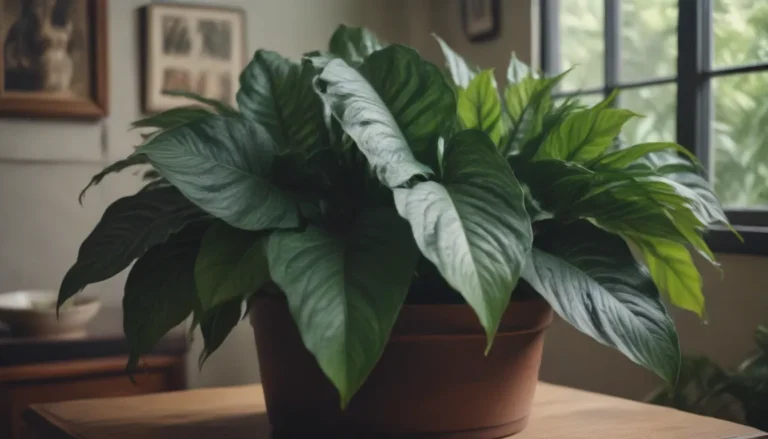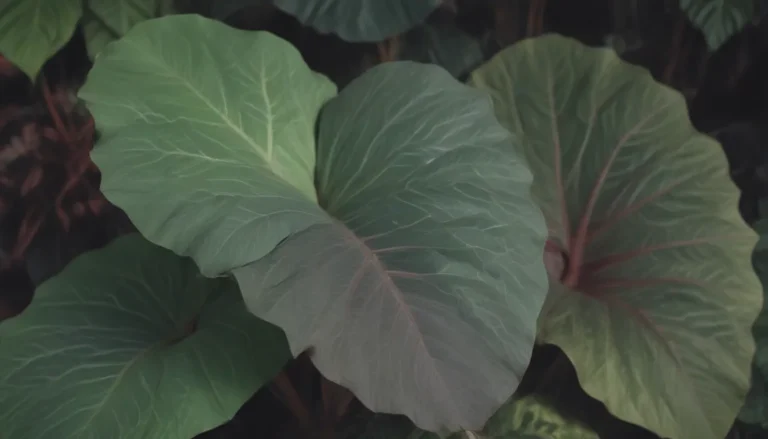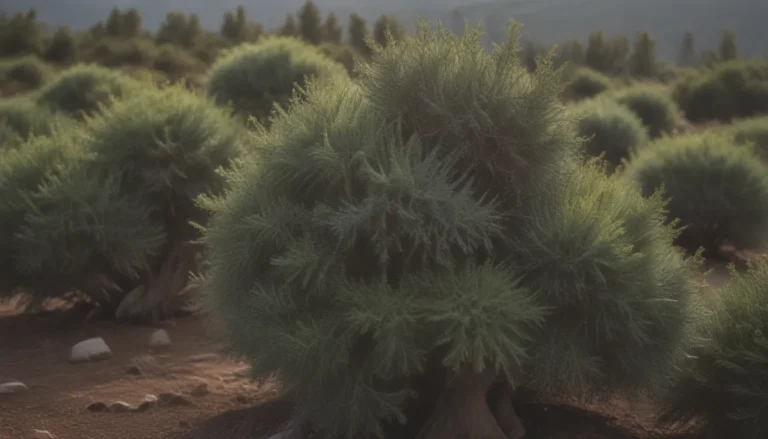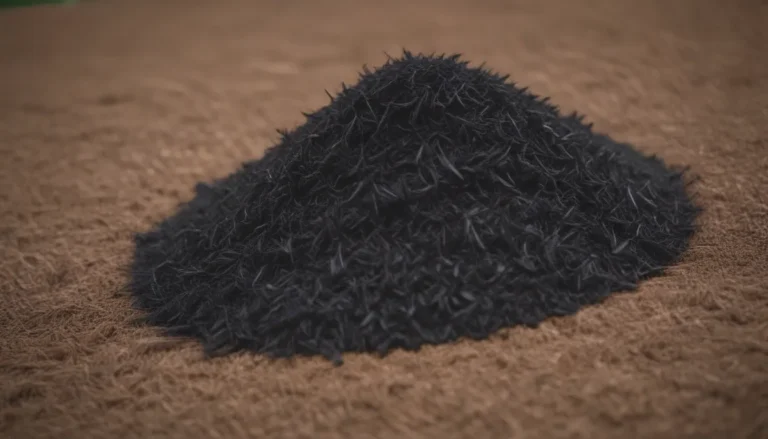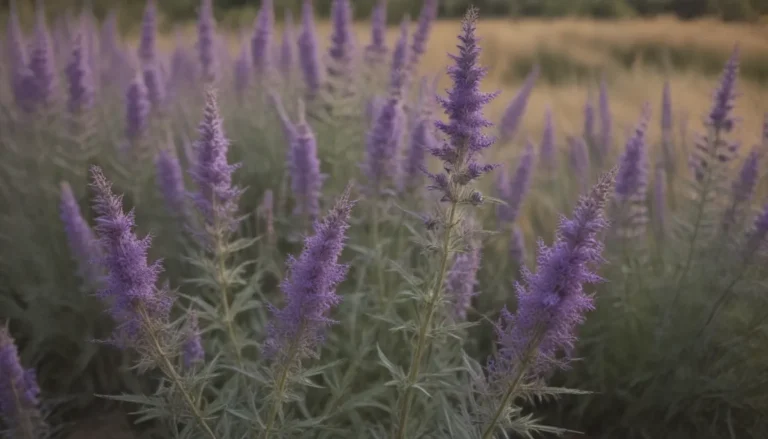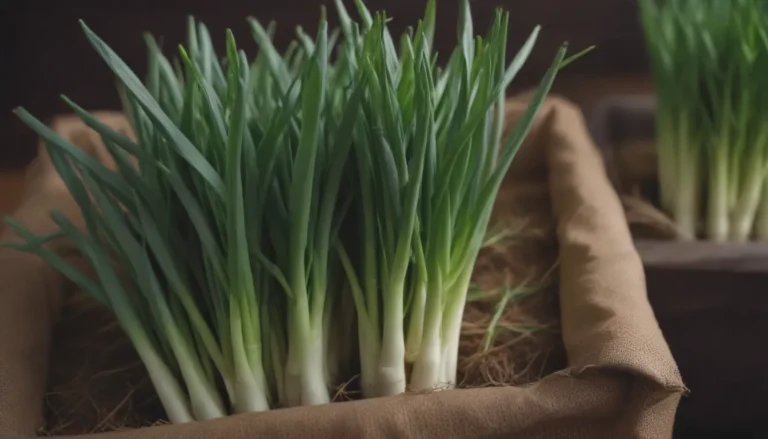Everything You Need to Know About Early Tomato Blight

Welcome to our comprehensive guide on early tomato blight! If you’re a tomato enthusiast looking to keep your plants healthy and thriving, you’ve come to the right place. In this article, we’ll cover everything from identifying the signs of early blight to prevention and treatment methods to ensure your tomato plants remain robust throughout the growing season.
Understanding Early Tomato Blight
Early blight is a common fungal disease that can affect various parts of a tomato plant, including leaves, stems, and fruits. While the plants may not necessarily die from early blight, they will be weakened and produce fewer tomatoes than usual. This disease typically targets older plants but can also impact seedlings, especially those that are stressed or in poor health.
It’s essential not to confuse early blight with its more destructive counterpart, late blight, which can swiftly kill tomato plants and spread over long distances.
Types of Tomato Blight
There are three main types of tomato blight caused by different fungi:
- Early Blight
- Late Blight
- Septoria Leaf Spot
Symptoms of Early Blight on Tomatoes
Recognizing the symptoms of early blight is crucial for effective management. Here’s what to look out for:
On Older Plants:
– Dark spots with concentric rings on older leaves
– Yellowing of surrounding leaf areas
– Premature leaf death, exposing fruits to sun damage
On Stems:
– Small, sunken lesions that elongate over time
– Concentric markings resembling spots on leaves
– Potential girdling of the stem near ground level
On Tomato Fruits:
– Spots starting at the stem end
– Dark, leathery, sunken areas with concentric rings
– Affected tomatoes can be green or ripe
On Seedlings:
– Dark spots on leaves and stems
– Disease development on cotyledon leaves
– Girdling of stems
What Causes Early Blight?
Early blight fungi can originate from various sources, including soil, seeds, and plant debris. Favoring damp conditions, such as frequent rain or heavy dews, early blight can persist in the environment for up to a year.
Early Blight Control and Prevention
While no tomato variety is entirely immune to early blight, certain measures can help control and prevent the disease:
Control
- Ensure Adequate Air Circulation
- Use Stakes to Support Plants
- Consider Fungicides for Treatment
Prevention
- Plant Certified Disease-Free Seeds
- Practice Garden Sanitation
- Implement Crop Rotation
- Separate Plants of the Same Family
Tomato Varieties Resistant to Early Blight
Several tomato varieties exhibit some resistance to early blight, although none are completely immune. Here are some examples:
- Aunt Ginny’s Purple
- Big Rainbow
- Black Plum
- Juliet
- Legend
- Manyel
- Matt’s Wild Cherry
- Mountain Supreme
- Mountain Fresh Plus
- Old Brooks
- Tigerella
- Tommy Toe
Additional Tips and Insights
- Early blight and septoria leaf spot spores can survive in the ground over winter, while late blight cannot.
- Fungicides can help eliminate blight spores, but consider solarizing the soil to sterilize pathogens.
- Blight can spread to other plants, including potatoes and nightshade vegetables.
- Ensure thorough treatment and preventative measures to avoid recurrent blight infestations.
By incorporating these strategies and staying vigilant in your plant care routine, you can keep your tomato plants healthy and productive year after year. Remember, early detection and proactive management are key to combating tomato blight effectively.
For more information on tomato diseases and management strategies, refer to the following resources:
- University of Connecticut: Early Blight and Late Blight of Potatoes
- University of Wisconsin-Madison: Tomato Disorders
- University of Minnesota Extension: Late Blight of Tomatoes and Potatoes
- University of Minnesota Extension Office: Early Blight of Tomato
- University of Massachusetts Extension: Late Blight Management for Fall, Winter, and Spring
- Michigan State University: Are tomatoes and potatoes with late blight safe for eating and canning?
- University of California Agriculture and Natural Resources: Soil Solarization for Gardens and Landscapes
Now armed with a wealth of knowledge on early tomato blight, you’re ready to protect your plants and enjoy a bountiful harvest. Happy gardening!
